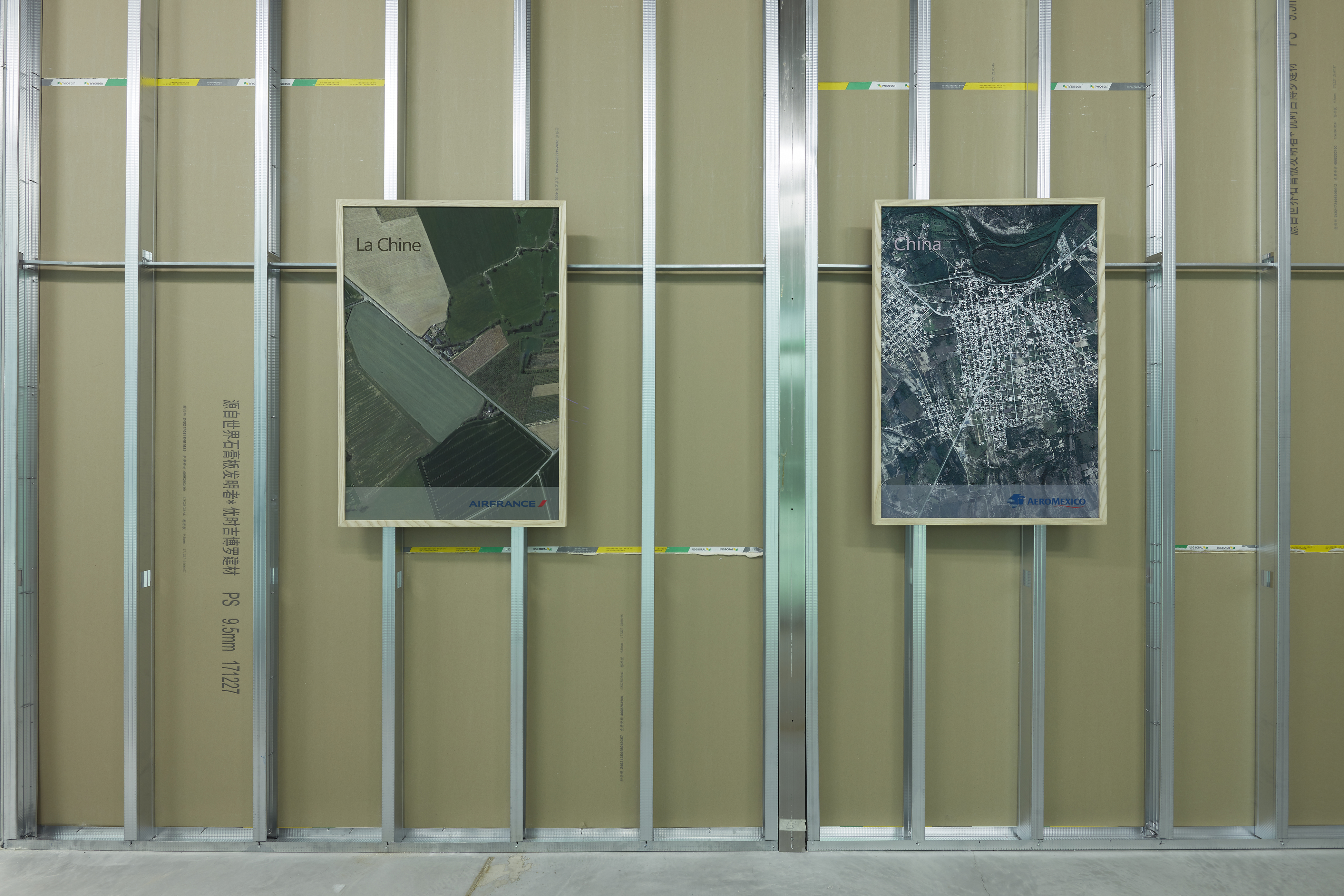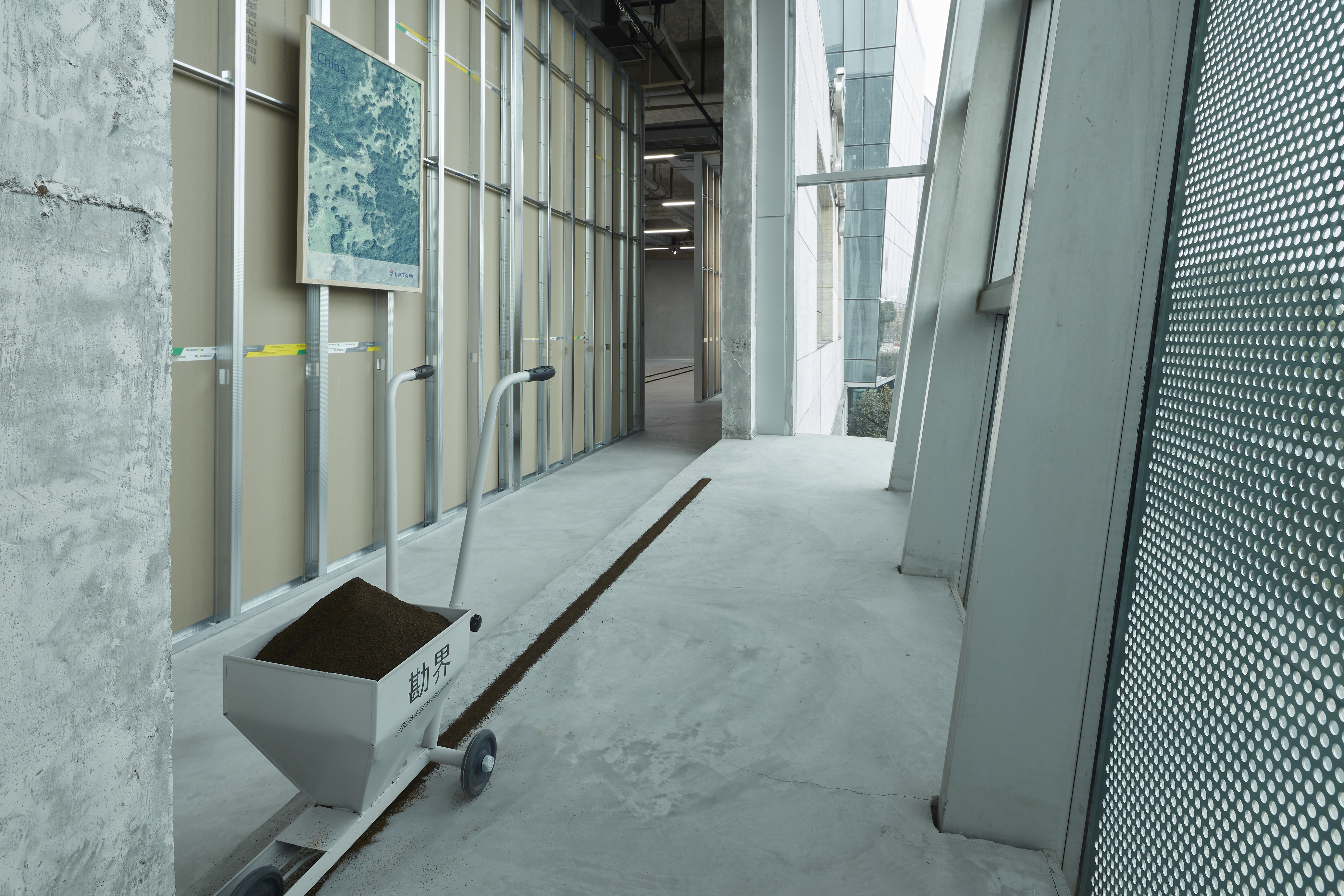Life After People, a 2008 documentary film broadcast on the History Channel in the US, conjectured: if every human being on Earth suddenly disappeared, what would the world turn into? The answer was disheartening: human civilisation and all human traces would be utterly wiped out in a few centuries as though we had never existed. Nature would find a new equilibrium and the Earth would continue rotating in the immensity of space. This documentary was premised on a thought experiment along the lines of “what would happen if humans were suddenly removed from a certain geographical area?” “Nature Gone Astray”, on the other hand, inverts this thought experiment. If Nature can objectively remain unchanging since time immemorial—or even become more perfect—then how has it “gone astray” with human intervention?
The “Voynich manuscript” has been called a Holy Grail in cryptography. Discovered in 1912 by the American book dealer Wilfrid Voynich in the basement of a Jesuit library near Rome, the 230 page manuscript, completed in the 15th century, portrays a diverse array of astonishing fauna and flora, celestial objects, mysterious figures, as well as a huge quantity of script as of yet undeciphered. Based on the wildly imaginative illustrations of plants and vegetation in the Voynich manuscript, Miljohn Ruperto – a Californian artist of Philippine origin – together with the Danish artist Ulrik Heltoft, have made textural photographic works by creating 3D models then making negatives from these and finally printing them in traditional gelatin silver format. Entitled the Voynich Botanical Studies, the series has been ongoing since 2013. Both in the “Voynich Manuscript” and Voynich Botanical Studies there is an absurd attitude of humans creating nature. If the former provided the concept, then the latter has “rewritten” natural history by means of highly mimetic visual archives with the aid of modern technology. The mysterious plants in strange forms in the black background seem almost tangible with their crazy and beautiful leaves, branches and flower buds. Our love and curiosity for Nature are always accompanied by the desire to control it; such is the fundamental reason why natural history will “be led astray”.
In Liu Xinyi’s oeuvre one can often find some humorous yet revealing ways to discuss issues about the state and political authority.
In the state of Nuevo León in Mexico, there is a city called China. In the province of Quebec in Canada, there is also a municipality called “Lachine” (“China” in French). In New York State, there is a hamlet called “China”. And around the world there are many other place names in various languages with the same name as “China”. The artist Liu Xinyi has made airline advertisement with the local geographic relief, satellite imagery, texts—“China welcomes you”—only that these are not about the large country that is “China”. With an abstract “geographical event” in the work Next Stops (2018), the artist sparks our imagination for different political forms, histories, cultures, and social realities.
From village to city, and then from city to the modern nation, the growth of civilisation has accompanied the desire to occupy territory as well as the struggle of spatial mastery. Another work by Liu Xinyi, Guerrilla Squad (2018), vividly shows off the relation between ethnicity and borders, geography and goods, the will to power and democratic welfare. Seven wooden line-marking vehicles—laden with salt, sesame, coffee, curry powder, chili powder, Sichuan peppercorn, tea leaves, respectively—have one of there sides marked with “boundary” in Chinese characters, while the other side is marked with the words for “boundary” in Hindi, Korean, Vietnamese, Burmese, Russian, Arabic, among other languages. The ingredients and herbs of different colours and scents, as well as the line-marking vehicles placed throughout the exhibition space, imperceptibly draw out a national boundary that is no longer familiar to us.
In recent years, the connections between plants and politics have become a main thread in Zheng Bo’s oeuvre. Through their research and imagination, they have attempted to find links between two seemingly disconnected fields and through this forge new ways of understanding human society.
In March 1945 Taiwan’s Wild Edible Plants, written by a Japanese botanical association in Taiwan, was published in Taiwan under Japanese rule. The book’s mission in the service of the war was stated clearly in the preface: “Winning victory in the war for food is a matter of imperial pride.” Yet a few months after the book was published, Japan announced their surrender. In 1961 another similar book – Shanghai’s Wild Edible Plants – was published in Shanghai during a period of calamities, natural and man-made, with the aim of helping citizens to relieve their hunger by primitive means. Zheng Bo copied the two books (in the work Survival Manuals), explaining via these two threads from different places and times how humanity responded to political crises with plants. Political delusion pushed human society to the edge of survival; as such, nature suddenly became exceedingly important. Only when a crisis emerges is humanity aware of the existence of weeds.
In the series of video works Pteridophilia (2016-2018), Zheng Bo invited seven males to walk into Taiwan’s mid-altitude jungles and engage in intimate contact with ferns. They make tender love to the ferns, and take in the smells and textures, establishing an attachment to plants with the body and not with language. Only when we are happy to extend our fancy can we gradually come to realise the more complex existence of all living things—only then will we ourselves learn to survive more intelligently on Earth.
///
Liu Xinyi (b. 1982, Hangzhou) graduated from the Sculpture Department at the China Academy of Art (Hangzhou) in 2007 and obtained an MFA degree from Goldsmiths, University of London in 2010. Liu currently lives and works in Beijing. Liu seeks for a global historical perspective in his practice and has been interested in the mechanism (including occurrence, communication, and evolution) of political cognition and related techniques in modern China. A selection of his solo exhibitions and projects includes Fraternité Passagère (2018), Galerie Liusa Wang, Paris; Air Port (2017), Qifeng Art Musuem, Dongguan; Hundred Thousand Miles Away (2016), White Space, Beijing; Chaoyang Qunzhong (2015), A307 Space, Beijing and Excitation Waves (2013), Taikang Space, Beijing. He has previously been exhibited at OCAT Shanghai, Qiao Space & Tank Shanghai Project Space, Busan Biennale 2016, Shanghai Minsheng Art Museum, CAFA Art Museum, Beijing, OCAT Xi’an, Yuz Museum, Jakarta, and Ullens Center of Contemporary Art, Beijing.
Miljohn Ruperto (b. 1971, Manila, Philippines) received his MFA from Yale University in 2002, and his BA in studio art from University of California, Berkeley in 1999. Ruperto has exhibited his work internationally at numerous venues, including Geomancies, REDCAT Gallery, Los Angeles (2017); What We Know that We Don’t Know, Kadist, San Francisco (2017); Afterwork, ILHAM Gallery, Kuala Lumpur (2016–17) and Para-Site, Hong Kong (2016); Nervous Systems, Haus der Kulturen der Welt, Berlin (2016); The As-if Principle, Magazin4 Bregenzer Kunstverein, Austria (2015); 2014 Whitney Biennial, Whitney Museum of American Art, New York; Janus, Dunlop Art Gallery, Regina Public Library, Saskatchewan, Canada (2014); Made in L.A., Hammer Museum (2012). Ruperto lives and works in Los Angeles.
Ulrik Heltoft (b. 1973 Svendborg, Denmark) received his MFA in sculpture from Yale University in 2001 and studied at The Royal Danish Academy of Fine Arts in Copenhagen. His work has been the subject of solo exhibitions at Secession, Vienna; Aarhus Center for Contemporary Art, Denmark; Raucci Santamaria, Naples; Willfried Lentz Gallery, Rotterdam; Andersen´s Contemporary, Copenhagen; Kirkhoff, Copenhagen; and CPH Kunsthal, Copenhagen. Heltoft’s work has been featured in notable group exhibitions at Whitechapel Project Space, London; Magazin4 Bregenzer Kunstverein, Austria; Whitney Museum for American Art, New York; Museum Kunst der Westküste, Alhersum/Föhr; The Museum of Contemporary Art, Antwerp; New Museum, New York; Binz39, Zürich; and participant inc, New York. Heltoft is currently an associate professor at The Royal Danish Academy of Fine Arts, Laboratory for Photography. Heltoft lives and works in Copenhagen, Denmark.
Zheng Bo (b. 1974, Beijing) is an artist, researcher, writer, and teacher committed to socially and ecologically engaged arts. They investigate the past and imagines the future from the perspectives of marginalised communities and marginalised plants. They have worked with a number of museums and art spaces across Asia and Europe, including Power Station of Art, Shanghai; Ming Contemporary Art Museum, Shanghai; Sifang Art Museum, Nanjing; Times Museum, Guangzhou; Hong Kong Museum of Art; West Heavens Salon; TheCube Project Space, Taipei; CASS Sculpture Foundation, UK; Villa Vassilieff, Paris.
Nature Gone Astray Group Show













‘Guerrilla Squad’, 2018
Lining-marking vehicles, paint, coffee powder, tea dust, turmeric, sea salt, chili powder, Sichuan peppercorn, sesame
Dimensions variable

‘Next Stops’, 2018
Giclee-print posters, 6 pieces
68.5 x 98.5 cm

‘Next Stops’, 2018
Giclee-print posters, 6 pieces
68.5 x 98.5 cm

‘Voynich Botanical Studies Specimen 55r Podzim’, 2014
Silver Gelatin print on fiber-based paper
50.2 x 40 cm

‘Voynich Botanical Studies Specimen 06r Leto’, 2016
Silver Gelatin print on fiber-based paper sheet
50.2 x 40 cm

‘Voynich Botanical Studies Specimen 34v Zima’, 2016
Silver Gelatin print on fiber-based paper
sheet
50.2 x 40 cm

Still from ‘Pteridophilia’, 2016
4K video, colour, sound
17 min

‘HAL 9001
Plants’, 2018
(Sansevieria cylindrica), soil, light, water, mirrors
86 x 86 x 280 cm

‘Hand-Copied “Taiwan’s Wild Edible Plants” (1945)’, 2018
Ink on paper, 105 sheets
18.4 x 13cm each